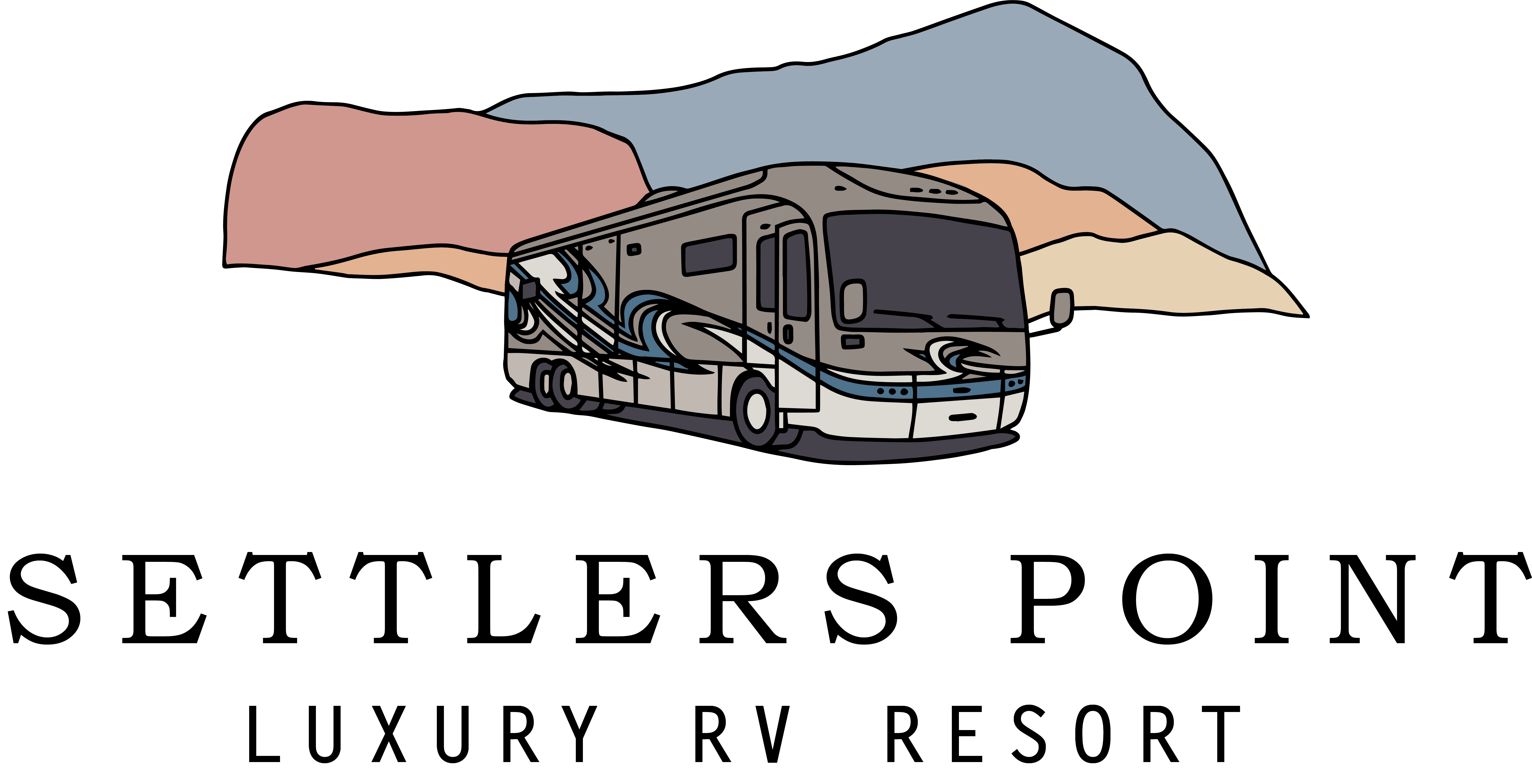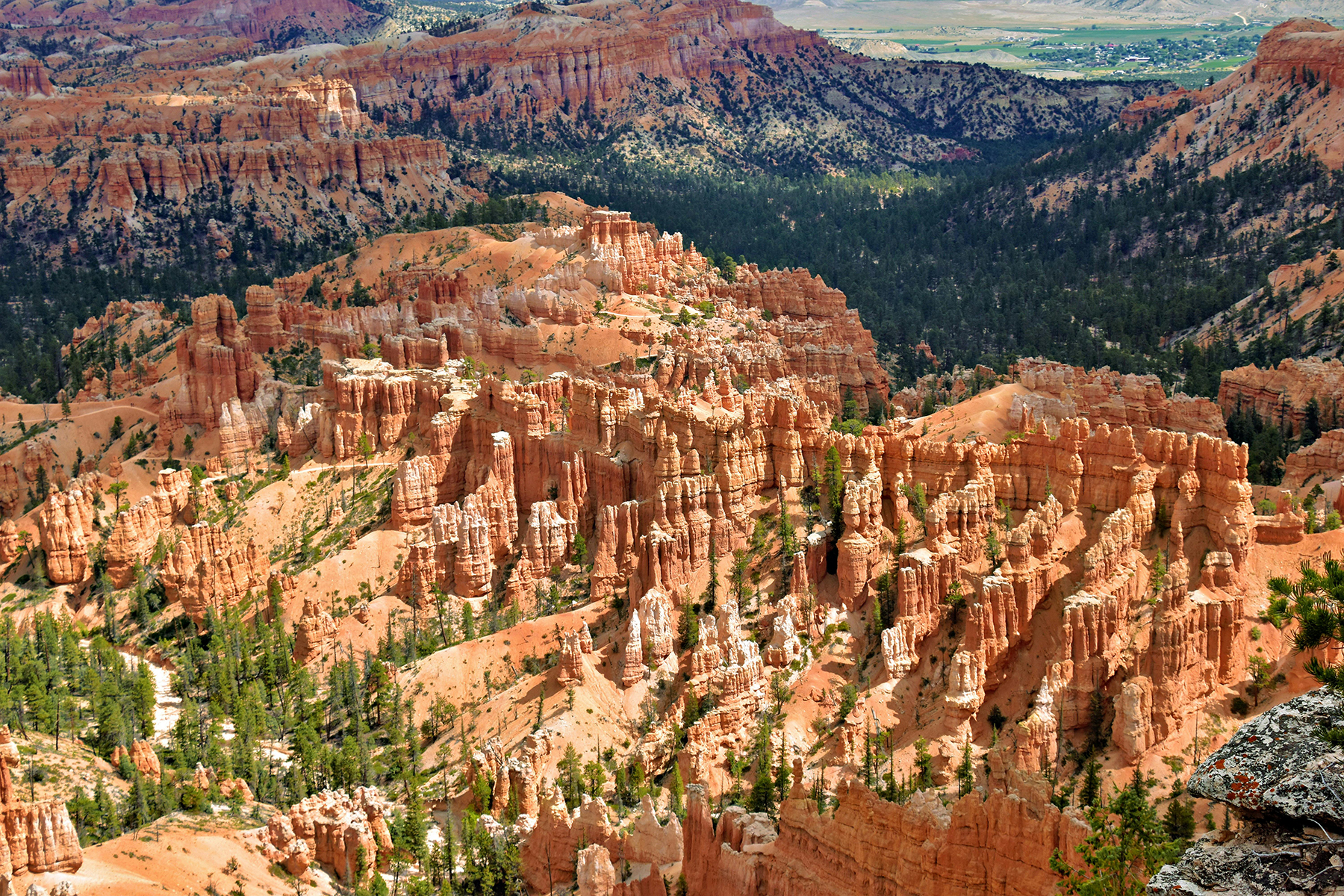If you’ve ever looked at the towering cliffs of Zion National Park and thought, “I want to go in there,” you’re not alone. That’s the whole appeal of canyoneering, especially in a place like Zion. Unlike your typical hiking trail that winds along the edge of a scenic overlook, canyoneering pulls you directly into the stone. You’re navigating slot canyons carved by time and water, scrambling over slickrock, rappelling into echoing chambers, and moving through a landscape that feels more like Mars than Earth. It’s not just about adventure for the sake of adrenaline either, although there’s plenty of that. Canyoneering in Zion is a completely immersive way to experience one of the most iconic desert landscapes in the world.
Zion is one of the few places in the United States where canyoneering is both accessible to beginners and legitimately world-class. Whether you’re the kind of person who hikes with trekking poles and laminated maps or someone who thinks “helmet hair” is just part of the charm, there’s a canyon out here that’ll suit you. The key is knowing which ones to pick and how to do it safely. If this is your first time, don’t worry. We’re not throwing you into anything that involves a 200-foot rappel into a black abyss. This is your beginner-friendly guide to canyoneering Zion like a pro, minus the stress and with all the awe.
Beginner-Friendly Canyons Worth Exploring
Not all slot canyons are created equal, and Zion’s got a little bit of everything. Some are gentle and dry with plenty of natural light. Others are technical and require ropes, harnesses, and the nerve to back it all up. If you’re just getting started, you want to stay on the friendly end of that spectrum. The two most recommended entry points into Zion canyoneering are Kanarra Falls and the lower portion of the Left Fork of North Creek, more famously known as the Subway.
Kanarra Falls is located just outside Zion near the town of Kanarraville. It’s often mistaken as part of Zion itself, and while technically outside the park boundaries, it delivers a very similar experience. Think narrow walls, flowing water, and a couple of ladders to scramble up. It’s permit-based and regulated for good reason, it’s incredibly photogenic, beginner-friendly, and a great warm-up for more technical routes. The hike is about four and a half miles round trip and doesn’t require ropes or technical skills, making it one of the best soft entries into the canyoneering world.
The Subway, however, is where things get interesting. There are two ways to approach it, and only one of them is beginner-appropriate. The “Bottom-Up” route, which starts at the Left Fork Trailhead, lets you hike into the canyon and turn around before it becomes too technical. You’ll still see the iconic subway tunnel, navigate through water, and scramble over boulders, but you won’t need any ropes or rappelling gear. Just good shoes and a solid sense of direction. The full “Top-Down” route should only be attempted with proper gear and experience, so for now, stick with the scenic and accessible bottom-up adventure.
Other slot canyons inside Zion like Pine Creek and Keyhole are popular with experienced canyoneers but are not recommended for first-timers due to their technical demands, cold water swims, and mandatory rappels. Even though they’re short in distance, they’re complex in execution. Until you’ve done a guided trip or taken a course, those routes should stay on your future bucket list.
Safety, Gear, and Why Guided Trips Matter
Canyoneering combines elements of hiking, climbing, swimming, and occasionally squeezing your body through crevices that feel like you’re being born again into the desert. It’s exhilarating, but also full of opportunities to do something dumb if you’re not paying attention. That’s why preparation matters more here than on your average trail.
Let’s start with gear. If you’re doing a non-technical canyon like Kanarra Falls or the Bottom-Up Subway, you’ll want good water shoes with solid traction, a dry bag or waterproof backpack, plenty of snacks, and layers that can get wet and dry quickly. Don’t wear cotton, and don’t underestimate how cold canyon water can be, even in summer. Trekking poles can be helpful for stability on wet rocks, and a GPS-enabled trail app is a smart backup for route-finding. Permits are required for both routes, so be sure to reserve them ahead of time through the official websites.
If you’re considering anything technical, or even if you just want to boost your confidence, booking a guided canyoneering trip is one of the best decisions you can make. Local outfitters in Springdale and Hurricane offer half-day and full-day experiences tailored specifically for beginners. These trips often include all necessary gear, transportation, instruction, and guides who know the terrain like the back of their sunburned hands. More importantly, they know when to turn back, what flash flood conditions look like, and how to keep everyone safe. Canyons are stunning, but they are also remote, unpredictable places. A little guidance goes a long way, especially in Zion where conditions can shift quickly.
Making the Most of Your Zion Adventure
Canyoneering in Zion isn’t just about the adrenaline or the gear checklist. It’s about discovering a version of the park that most visitors never get to see. When you’re inside a slot canyon, the noise fades. The temperature drops. The light dances in ways you can’t replicate with filters or presets. It’s one of the few outdoor experiences that forces you to be completely present, because you’re climbing over slick boulders, planning your next foot placement, or wading through waist-deep water, and you can’t exactly zone out with your headphones on.
That’s what makes it so memorable. Canyoneering transforms Zion from a place you photograph to a place you participate in. You’re not just looking at the cliffs, you’re inside them. And whether you’re going on a guided half-day trip or setting out on your first solo hike through a watery slot, you’re stepping into a world that feels hidden in plain sight. Most visitors will stick to the main road, snap a few photos at the scenic pullouts, and head back to their hotels. There’s nothing wrong with that, but there’s something a little more special about knowing you’ve seen the part of Zion that requires a little effort, a little grit, and a lot of curiosity.
And the best part? You don’t have to be an elite athlete to do it. With the right planning, some smart decisions, and a beginner-friendly route, anyone can experience the magic of canyoneering Zion. Whether it’s your first trip or your tenth, the landscape will always surprise you. Just remember to check the weather, pack your permit, and bring a dry pair of socks. Your future self will thank you.


